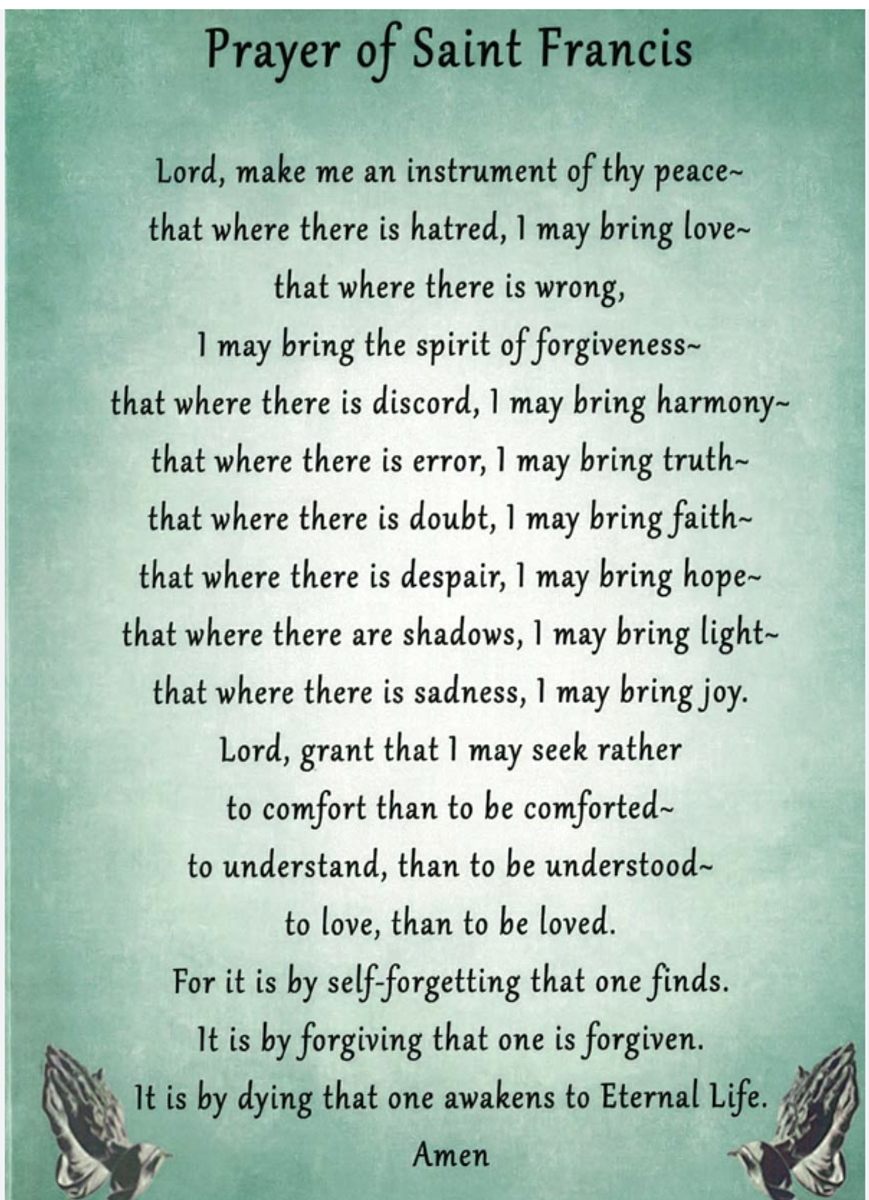From the Principal Leader

Dear staff, students, parents and carers,
The passing of His Holiness Pope Francis
Since returning from my brief long service leave I have also had the opportunity to attend the Diocesan Principal’s Retreat where we reflected on the significance of Pope Francis and the legacy he has left for us all as a global community of faith after his recent passing.
It is with profound sorrow that we acknowledge the passing of His Holiness Pope Francis, who died on Easter Monday, 21 April 2025, at the age of 88. His death, caused by a stroke and subsequent heart failure, occurred at his residence in Vatican City
Born Jorge Mario Bergoglio in Buenos Aires, Argentina, Pope Francis made history as the first Latin American and Jesuit pope. Elected in 2013 following Pope Benedict XVI's resignation, his 12-year papacy was marked by humility, compassion, and a commitment to social justice. He was known for his advocacy for the poor, environmental causes, and marginalized communities, often challenging traditional norms to promote inclusivity within the Church.
Pope Francis's final public appearance was during the Easter Sunday celebrations in St. Peter's Square, where he addressed thousands of faithful just hours before his passing . Honoring his wishes for simplicity, his funeral was held on 26 April in St. Peter's Square, and he was laid to rest in the Basilica of Santa Maria Maggiore.
As a Catholic learning community, we reflect on Pope Francis's teachings and his emphasis on mercy, inclusivity, and care for the marginalized. His leadership serves as a guiding light for our mission to nurture compassionate and socially responsible individuals. He also modelled ‘Christ like’ actions to ensure that he connected with people of all backgrounds, origins, faiths, gender, and sexual orientations and promoted a world of acceptance for all. He certainly was the ‘People's Pope”.
Let us come together in prayer and remembrance, drawing inspiration from Pope Francis's legacy to continue fostering a community rooted in faith, hope, peace and love.
Let us prayer the special peace prayer based of St Francis
Reconciliation Week 2025: Bridging now to next
The National Reconciliation Week (NRW) 2025 theme, Bridging Now to Next, reflects the ongoing connection between past, present and future.
Bridging Now to Next calls on all Australians to step forward together, to look ahead and continue the push forward as past lessons guide us.
In the #NRW2025 theme artwork created by Kalkadoon woman Bree Buttenshaw, native plants − which are known for regenerating after fire and thriving through adversity − symbolise our collective strength and the possibilities of renewal. This is a time for growth, reflection, and commitment to walking together.
Australia’s history of reconciliation is not a linear one, we have made great strides and experienced disappointing setbacks.
Twenty-five years ago, Corroboree 2000 brought together Aboriginal and Torres Strait Islander and non-Indigenous leaders in a historic call for reconciliation. We continue that work in 2025, inviting all Australians to join us in Bridging Now to Next – building a more united and respectful nation.
The dates for NRW remain the same each year; 27 May to 3 June. These dates commemorate two significant milestones in the reconciliation journey – the successful 1967 referendum, and the High Court Mabo decision respectively.
Reconciliation must live in the hearts, minds and actions of all Australians as we move forward, creating a nation strengthened by respectful relationships between the wider Australian community, and Aboriginal and Torres Strait Islander peoples.
We all have a role to play when it comes to reconciliation, and in playing our part we collectively build relationships and communities that value Aboriginal and Torres Strait Islander peoples, histories, cultures, and futures.
National Reconciliation Week (NRW) started as the Week of Prayer for Reconciliation in 1993 (the International Year of the World’s Indigenous Peoples) and was supported by Australia’s major faith communities.
In 1996, the Council for Aboriginal Reconciliation launched Australia’s first National Reconciliation Week.
In 2001, Reconciliation Australia was established to continue to provide national leadership on reconciliation.
In the same year, approximately 300,000 people walked across Sydney Harbour Bridge as part of National Reconciliation Week-and subsequently across bridges in cities and towns-to show their support for reconciliation.
At Chisholm we have a yarning circle led by the Sisters from the CSPD Jarara who come in to create an opportunity for our indigenous girls to gather and be still and to listen to the spirit that works through and within us. I hope that this wonderful connection can grow and become even stronger as we work to build the bridge from now to next.
I continue to be very proud of all our Chisholm girls and all that they achieve each and every day. A smile, a kind word, a friendly gesture, helping a student who is struggling, are the ways we work together as a faith community focusing on the actions that model Christ. Let's be mindful of our environment and ensure that we take great care of our beautiful setting by cleaning up your personal and group food wrappers and rubbish by placing them in the appropriate bin, we will build a more environmentally friendly school. Let's make our collective goal to improve the cleanliness of our college in Term 2! Thank you in advance to everyone for caring for our college.
I hope everyone enjoys a restful long weekend during these cold winter days and is able to be renewed for the remainder of the Term 2 after our mini-break.
Stay safe and may God bless you always.
Mrs Tania Cairns
Principal Leader


